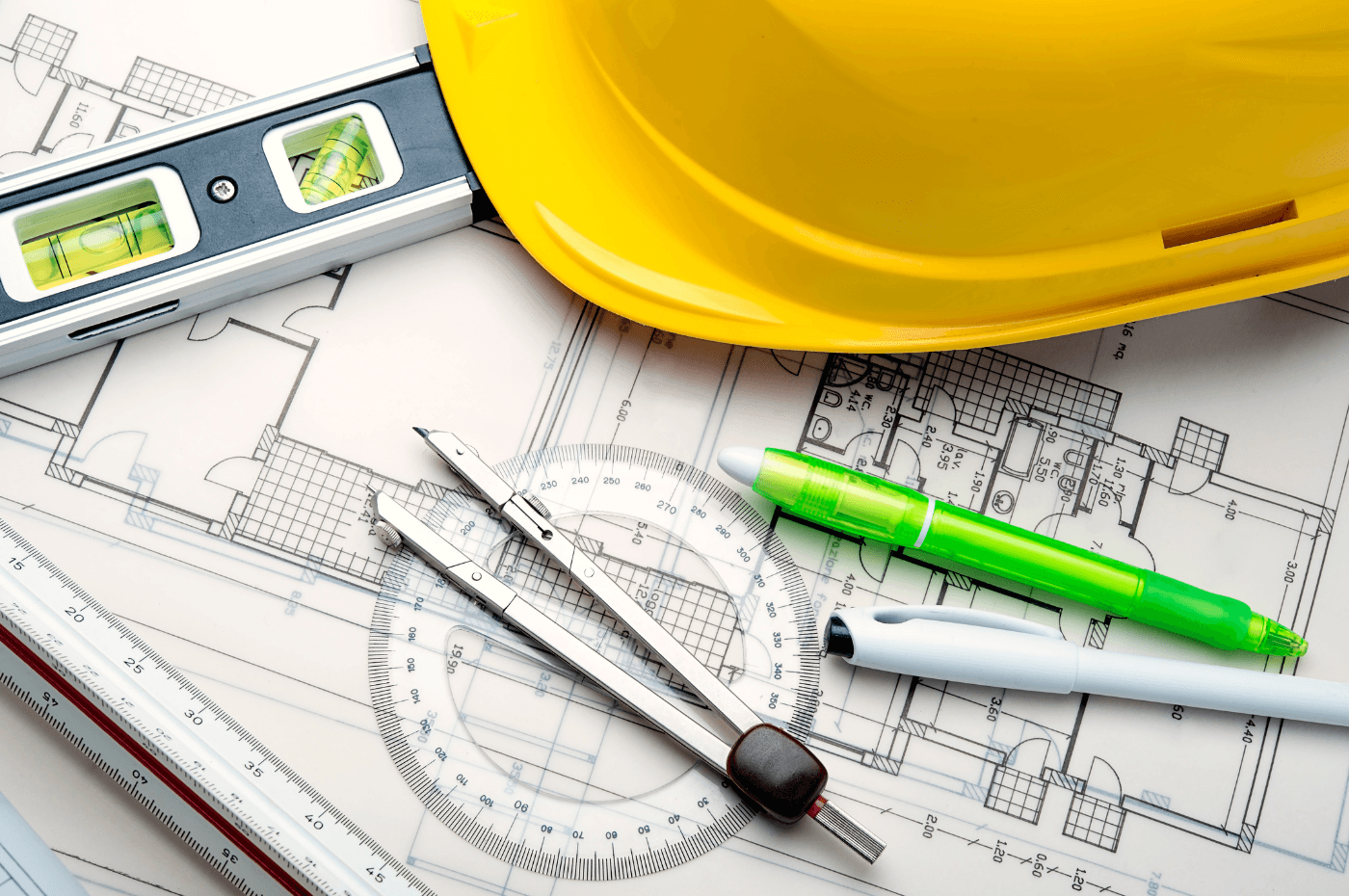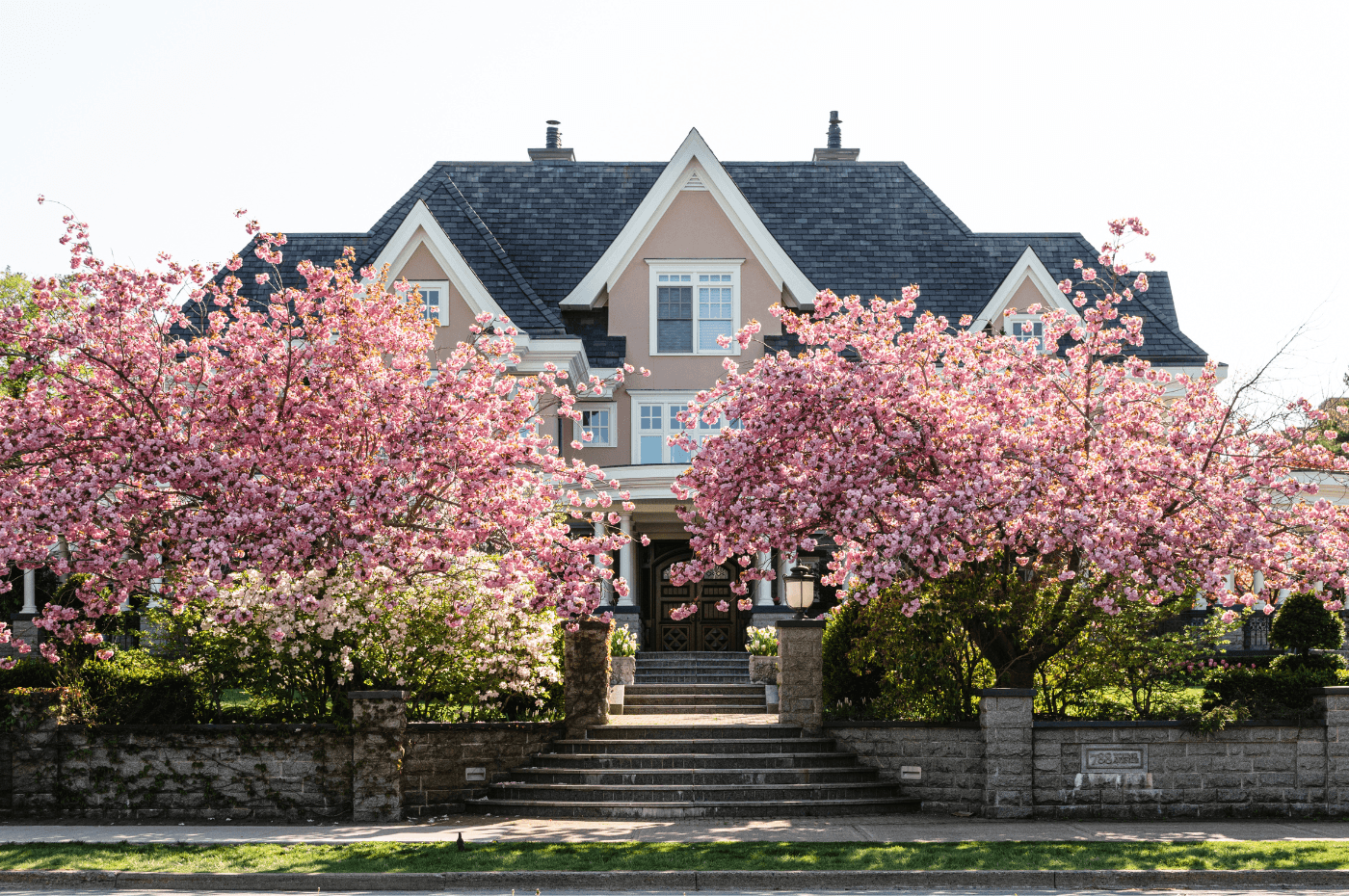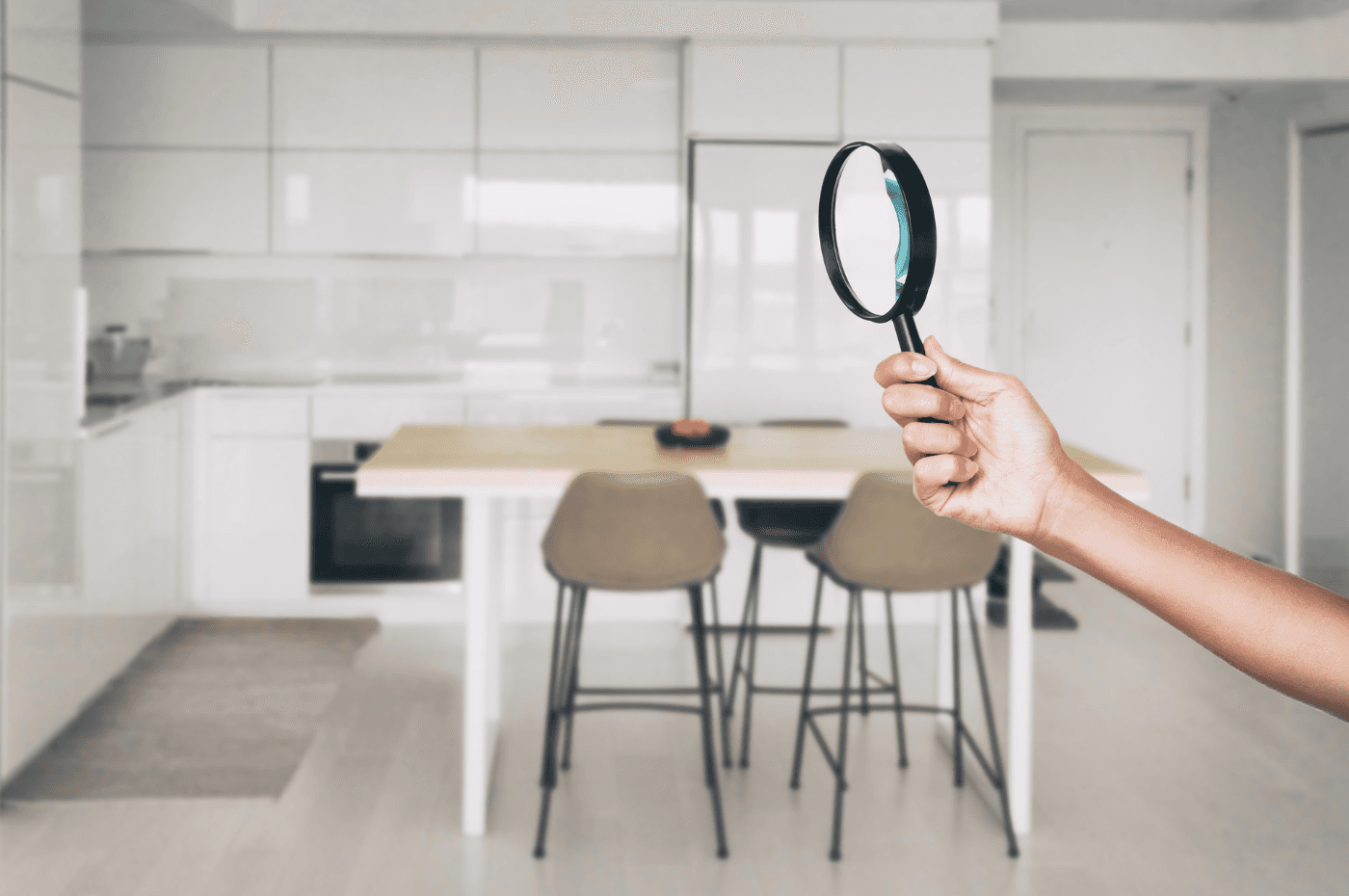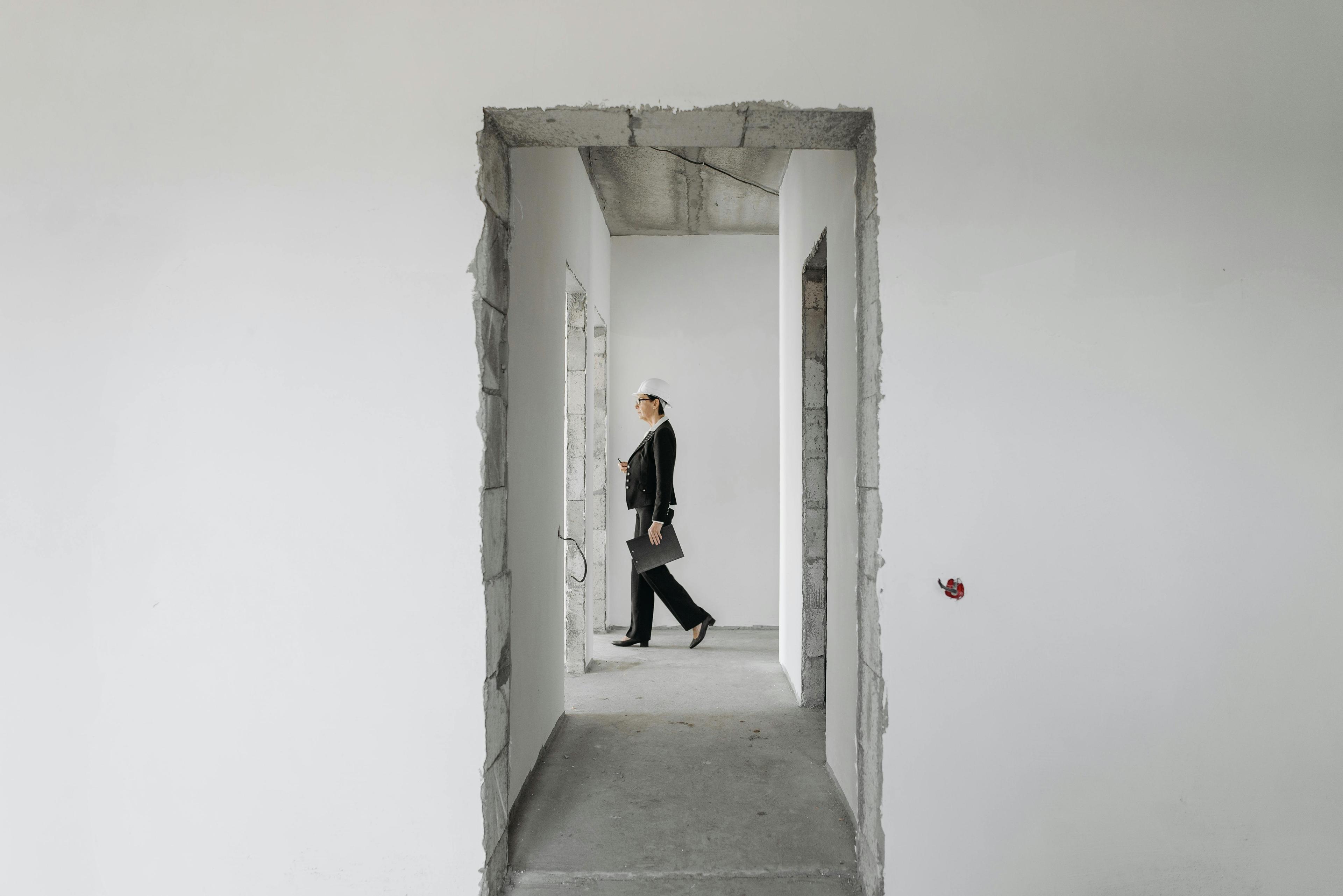Owning a home isn’t just about occupying a place, it also means ensuring its longevity. No matter how well built a house is, it’s not immune to the passage of time. The roof, siding, windows, and mechanical systems all have a limited lifespan.
Understanding how long each component typically lasts allows you to plan maintenance proactively, avoid emergency repairs, and preserve the long-term value of your property. It’s a concrete way to protect your investment while maintaining comfort and safety in your home.
In the following article, you’ll find the average lifespan of key home components, along with practical advice for extending their performance. A must-read guide for proactive and efficient home maintenance.
The roof: a shield against harsh weather
The roof is one of the most exposed parts of a house, particularly in Quebec’s challenging climate. Snow, ice, strong winds, and UV rays all contribute to its constant wear and tear. In Quebec, the lifespan of a roof depends largely on the type of material used:
-
Asphalt shingles: 15 to 25 years
-
Elastomeric membrane (flat roofs): 25 to 30 years
-
Metal roofing: 40 to 70 years
How to extend the life of your roof?
Regular maintenance is essential to prevent costly repairs. Here are some key recommendations:
-
Perform a visual inspection in spring and fall to check for curled or missing shingles.
-
Clean gutters regularly to prevent water buildup.
-
Remove excess snow in winter, especially on low-slope roofs.
-
Call a professional if you notice signs of water infiltration inside the home (stains, ceiling bubbles, etc.).
The exterior siding: style and protection
Exterior siding protects the structure of your home from the elements while also contributing to its overall appearance. Constantly exposed to wind, rain, temperature changes, and high humidity, it must be both durable and resilient. Its lifespan depends largely on the material used, but also on the quality of installation and long-term maintenance. Here’s the average lifespan based on siding type:
-
Vinyl: 20 to 40 years
-
Wood: 15 to 30 years (with regular upkeep)
-
Fibre cement: 40 to 50 years
-
Brick: 75 years or more
How to extend the life of your exterior siding?
Regular maintenance is essential to preserve the look and longevity of your siding. A few simple actions can help avoid costly repairs and keep your exterior in good condition:
-
Visually inspect the siding at least once a year, ideally after winter or heavy rains, to check for cracks, warping, or water infiltration.
-
For wood siding, apply a protective stain or paint every 5 to 7 years to protect against moisture and insects.
-
Clean vinyl or fibre cement surfaces regularly to prevent the buildup of dirt, mould, or stains.
-
Check the caulking around doors and windows, as damaged seals can let in water and cause structural issues.
-
If you notice cracks in brick or mortar joints, consult a professional quickly to assess and resolve the issue.
Doors and windows: comfort and energy efficiency
Exterior doors and windows play a vital role in your home’s energy performance. They help reduce heat loss in winter, block heat in summer, and contribute to acoustic comfort. Over time, and especially with poor maintenance, their effectiveness declines due to exposure to the elements. In Quebec, their average lifespan varies by material:
-
PVC: 20 to 30 years
-
Aluminum: 25 to 40 years
-
Wood: 15 to 30 years (with proper care)
How to extend the life of doors and windows?
With a bit of care and regular upkeep, you can maintain the performance of your doors and windows for decades:
-
Inspect weatherstripping and seals regularly for signs of wear or cracking.
-
Clean frames, tracks, and opening mechanisms to prevent dirt buildup that could hinder functionality.
-
Watch for condensation between window panes, which may indicate a broken seal in double-glazed units.
-
Repaint or restain wooden frames every few years to protect against moisture.
-
Repair or adjust faulty hardware as soon as you notice issues (sticking, difficulty closing, drafts).
Heating and cooling systems: for year-round comfort
Heating and cooling systems ensure indoor comfort throughout the year. In Quebec, they are essential to withstand harsh winters and summer heatwaves. Because these systems are used year-round, wear and tear is inevitable, especially without regular maintenance. Their lifespan depends on the type of equipment:
-
Electric furnace: 20 to 30 years
-
Gas or oil furnace: 15 to 25 years
-
Heat pump: 10 to 20 years
-
Wall-mounted or central air conditioner: 10 to 15 years
How to extend the life of heating and cooling systems?
Proper maintenance helps optimize performance and delay costly replacements:
-
Have your system inspected once a year by a certified technician to ensure it’s working correctly and to prevent breakdowns.
-
Replace or clean filters every 1 to 3 months, depending on the system and frequency of use, to maintain good airflow.
-
Keep outdoor units (heat pump or AC) free of leaves, snow, and debris to avoid overheating.
-
Pay attention to unusual noises, inconsistent temperatures, or strange smells, which may indicate early signs of malfunction.
-
Use a smart thermostat to manage energy consumption and reduce wear and tear on your equipment.
The water heater: a quiet but essential appliance
The water heater is vital to daily comfort, even if it often goes unnoticed … until it fails. It supplies hot water on demand but typically runs non-stop, gradually wearing down over the years. Once it nears the end of its useful life, the risk of leaks or water damage increases significantly. Its longevity depends on the power source and how well it’s maintained:
-
Electric water heater: 10 to 15 years
-
Gas water heater: 8 to 12 years
How to extend the life of your water heater?
A few simple steps can help improve your heater’s efficiency and delay the need for replacement:
-
Drain the tank once a year to remove sediment buildup that reduces heating performance.
-
Check regularly for signs of rust or leaks around the base and connections.
-
Replace the magnesium anode every 3 to 5 years, especially in hard water areas, to slow down internal corrosion.
-
Install a drip pan under the unit, especially if it’s located on an upper floor, to prevent water damage in the event of a leak.
-
Write the installation date on the tank and monitor its age so you can plan a replacement before issues arise.
The ventilation system: for optimal air quality
Effective ventilation is essential to ensure indoor air quality and protect the integrity of the building. In well-insulated homes, as is often the case in Quebec, air can quickly become humid or stagnant without a proper ventilation system. Air exchangers and heat recovery ventilators help renew the air while minimizing heat loss. Their lifespan typically ranges from 10 to 20 years, depending on the quality of the unit, installation, and maintenance.
How to extend the life of your ventilation system?
Simple yet regular maintenance will help preserve good air quality and extend the system’s life:
-
Clean or replace filters every 3 to 6 months, depending on dust levels in the home.
-
Ensure that intake and exhaust vents are clear of obstructions, both inside and outside.
-
Dust the interior air vents to promote healthy airflow throughout the home.
-
Have the ducts inspected and cleaned by a professional every 3 to 5 years, especially if you have pets or have completed renovations.
-
Avoid blocking air vents with furniture or curtains, as this reduces the system’s effectiveness.
The plumbing system: a silent essential
Often hidden from view, the plumbing system is nonetheless crucial to a home’s daily functioning. Pipes, faucets, drains, and seals allow for the delivery and evacuation of water throughout the home. Over time, these components may wear out, leak, or corrode, especially if exposed to hard water or poor maintenance. Their lifespan depends on the materials used and the conditions of use:
-
Copper pipes: 50 years or more
-
PVC pipes: 25 to 40 years
-
Faucets, seals, and drains: 10 to 20 years
How to extend the life of your plumbing system?
Preventive maintenance helps reduce the risk of leaks or sudden failures and keeps the system functioning optimally:
-
Regularly inspect vulnerable areas (under sinks, behind appliances) for leaks or signs of moisture buildup.
-
Clean drains preventively, especially in kitchens and bathrooms, to avoid clogs.
-
Monitor water pressure, as excessive pressure can damage pipes and seals.
-
Replace leaking faucets or seals, even if the leak is minor, to prevent larger water damage.
-
Have your system inspected if it’s old, especially if it includes polybutylene or other outdated and potentially risky materials.
The electrical system: a key safety element not to overlook
The electrical system of a home is mostly hidden, but it plays a crucial role in ensuring safety and comfort. A properly functioning electrical panel power’s circuits and wiring, while outlets, switches, and light fixtures allow for safe daily use. Over time, certain components may become outdated or pose risks, especially in older homes. Here is the average lifespan of electrical components:
-
Electrical panel: 30 to 50 years
-
Outlets, switches, and light fixtures: 10 to 20 years
-
Wiring (in good condition, copper): 50 years or more
How to extend the life of your electrical system?
Regular maintenance and basic preventive checks help ensure the system remains safe and functional:
-
Have the electrical panel inspected every 10 years, especially if the home is over 30 years old or has undergone major renovations.
-
Replace outlets or switches that feel warm, are cracked, or malfunction at the first sign of wear.
-
Avoid overloading circuits by plugging multiple high-power devices into the same outlet.
-
Use surge protectors, especially for sensitive electronics.
-
Hire a certified electrician for any upgrades, circuit additions, or panel modifications.
Flooring: durability and daily care
Flooring plays a key role in both the look and functionality of your interior. Whether wood, ceramic, vinyl, or carpet, floors are subject to daily wear and tear that varies depending on the room and lifestyle. Their lifespan depends on the type of material, installation quality, and most importantly, ongoing maintenance. Average lifespan by flooring type:
-
Ceramic: 50 years or more
-
Hardwood: 20 to 50 years (depending on maintenance and wear)
-
Vinyl: 10 to 20 years
-
Carpet: 8 to 15 years
How to extend the life of your flooring?
Good maintenance habits go a long way in preserving the appearance and durability of your floors year after year:
-
Vacuum or sweep regularly, especially in high-traffic areas, to avoid the buildup of dust and abrasive debris.
-
Use protective rugs at entrances to reduce wear from sand, salt, and moisture.
-
Avoid abrasive cleaners that can damage hardwood finishes or vinyl surfaces.
-
Protect floors from scratches by using felt pads under furniture and avoid dragging heavy objects.
-
Refresh hardwood floors as needed by lightly sanding or applying a new finish.
The foundation: the structural backbone of a house
The foundation is the base on which the entire structure of the home rests. When properly built, it can last for decades, sometimes even the entire lifespan of the building. However, in Quebec, climate conditions can weaken concrete over time. While foundations are designed to be durable, they remain vulnerable to water infiltration, cracks, and soil movement. On average, the lifespan of a concrete foundation ranges from 75 to 100 years.
How to protect your foundation over the long term?
Regular monitoring and preventive maintenance can help avoid costly structural issues:
-
Inspect the foundation walls annually, both inside and outside, for cracks, signs of moisture, or white salt deposits (efflorescence).
-
Ensure proper drainage around the house by grading the soil to direct water away from the foundation walls.
-
Clean and check gutters and downspouts to prevent water accumulation near the home.
-
Repair even minor cracks promptly to prevent worsening due to freezing or water infiltration.
-
During major renovations, install or inspect an exterior waterproofing membrane to reinforce protection.
FAQ — What is the average lifespan of a house in Quebec?
What is the lifespan of a shipping container home?
Approximately 50 years, if the structure is well insulated, protected against corrosion, and maintained regularly. These homes require special attention to humidity and rust, especially in a climate like Quebec’s.
What is the lifespan of a wood-frame home?
On average, 75 to 100 years, provided the wood is protected from moisture, insects, and warping. With regular maintenance, its structural integrity and comfort can be preserved even longer.
What is the lifespan of a brick home?
Often 100 years or more, thanks to the natural durability of masonry. However, it’s essential to monitor the condition of the mortar joints and prevent water infiltration from maintaining this longevity.
What is the lifespan of a prefab home?
Generally, 50 to 75 years, depending on the quality of materials, assembly, and upkeep. When properly designed, a prefab home can perform as well as a traditional house.
What is the lifespan of a stone house?
More than 100 years, sometimes several centuries. Stone is extremely durable, but the mortar between the blocks must be monitored and maintained to prevent cracking.
Are you looking to have a property inspected?
XpertSource.com can help you in your efforts to find a building inspector. By telling us about your project, we will refer you to top-rated experts, free of charge! Simply fill out the form (it only takes 2 minutes) and you will be put in contact with the right experts.





